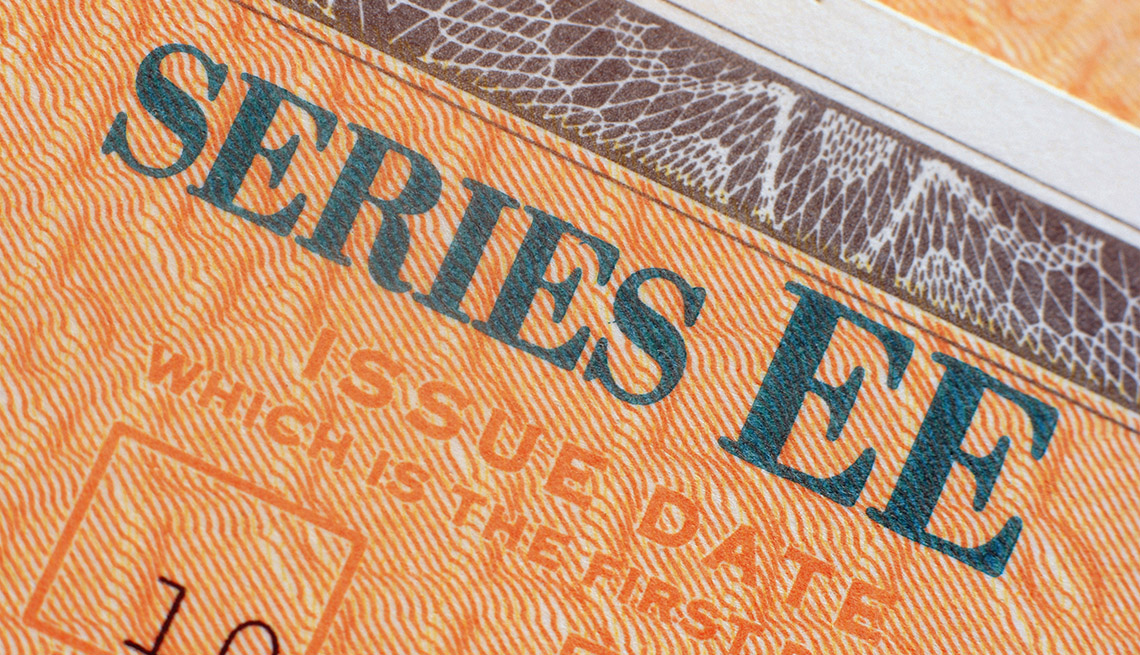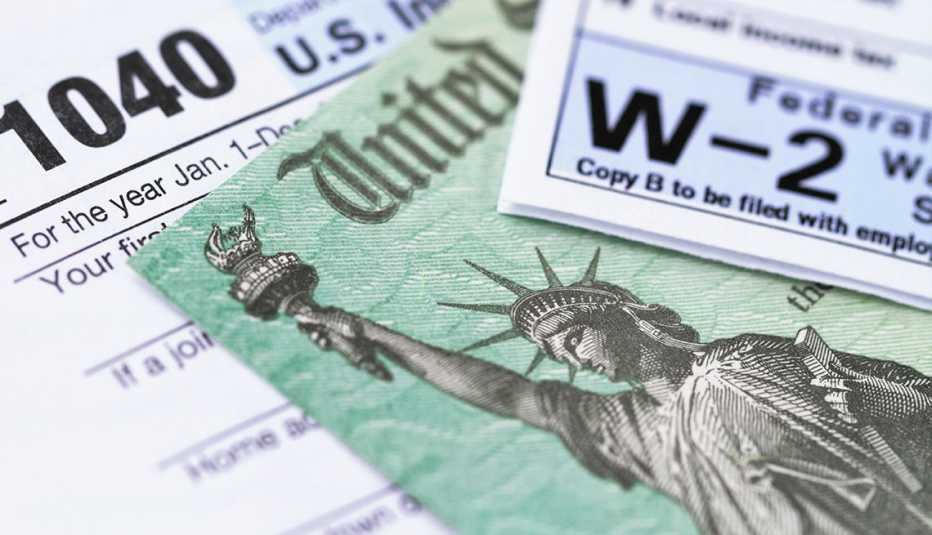Staying Fit
In his recent Berkshire Hathaway shareholder's letter, the Oracle of Omaha — and Berkshire CEO — warns against owning bonds. Should you follow his advice? Here's my take, along with some ideas about how to safely earn more on the portion of your portfolio devoted to bonds.
Regarding bonds, Warren Buffett's letter reads as follows:


AARP Membership— $12 for your first year when you sign up for Automatic Renewal
Get instant access to members-only products and hundreds of discounts, a free second membership, and a subscription to AARP the Magazine.
Though rates are low, it's not a bleak as you might think. As Buffett points out, rates were quite high in the late ‘70s and early ‘80s, with the 10-year Treasury yielding an average of 12.3 percent in the three-year period from 1979 to 1981. But tax rates were as high as 70 percent then, and even if only a third went to taxes, the after-tax yield averaged 8.2 percent. Unfortunately, inflation averaged 11.9 percent, so one lost about 3.7 percent of their spending power. Simply put, real rates — adjusted for inflation and taxes — were worse back then.
"And bonds are not the place to be these days. Can you believe that the income recently available from a 10-year U.S. Treasury bond – the yield was 0.93 percent at year-end – had fallen 94 percent from the 15.8 percent yield available in September 1981? In certain large and important countries, such as Germany and Japan, investors earn a negative return on trillions of dollars of sovereign debt. Fixed-income investors worldwide — whether pension funds, insurance companies or retirees — face a bleak future."
Perhaps a larger concern is that rates will rise. Rising rates cause the principal value of bonds to decline. Indeed, the rate on the 10-year Treasury has risen from 0.93 percent at the end of the year to 1.62 percent as of March 16. This caused an intermediate-term, high-quality bond fund like the iShares Core U.S. Aggregate Bond ETF (AGG) to lose more than 3.3 percent this year. If rates continue to rise, bonds will have more losses. But remember two things.
- Economists have a horrible track record of predicting interest rates.
- If rates do rise, the silver lining is your bonds will yield more.
While I'm not in complete agreement with Warren Buffett on avoiding bonds, I wholeheartedly endorse his advice not to buy low credit quality bonds. Buffett says:
"Some insurers, as well as other bond investors, may try to juice the pathetic returns now available by shifting their purchases to obligations backed by shaky borrowers. Risky loans, however, are not the answer to inadequate interest rates. Three decades ago, the once-mighty savings and loan industry destroyed itself, partly by ignoring that maxim."



































































